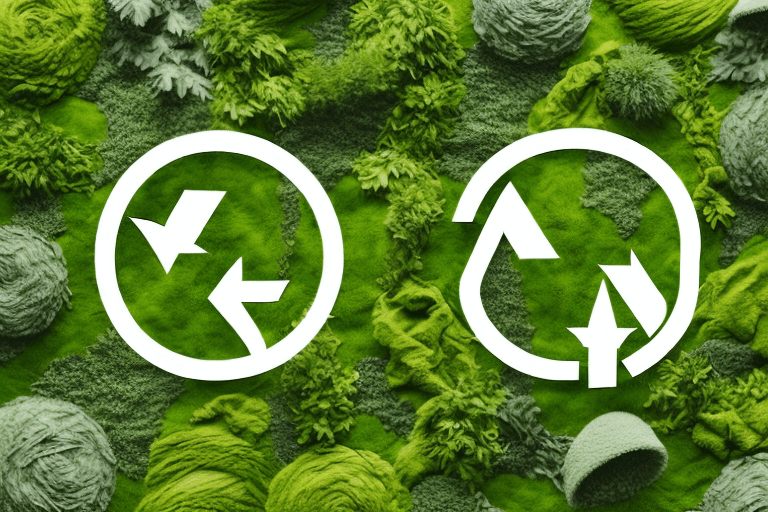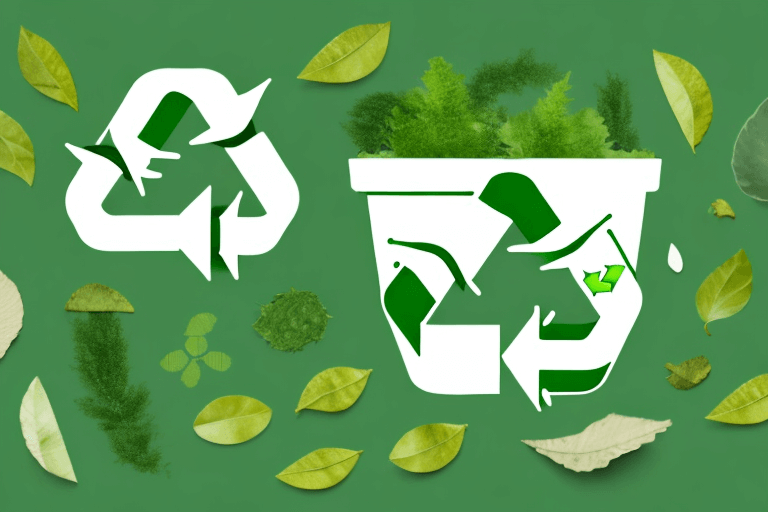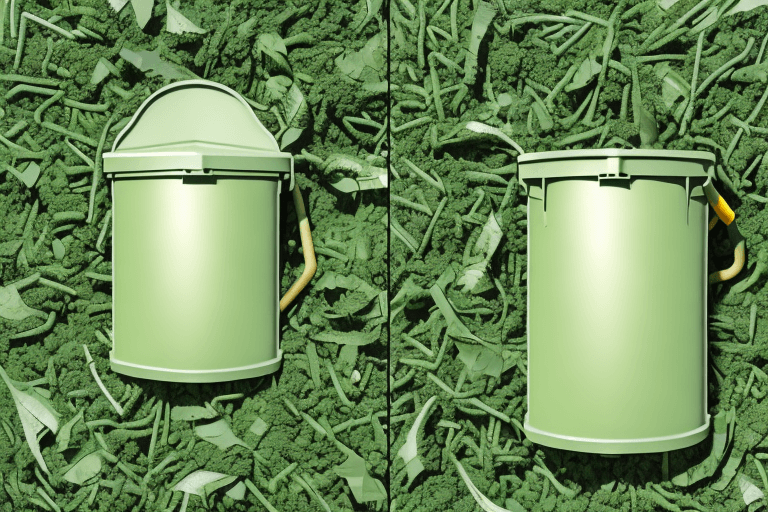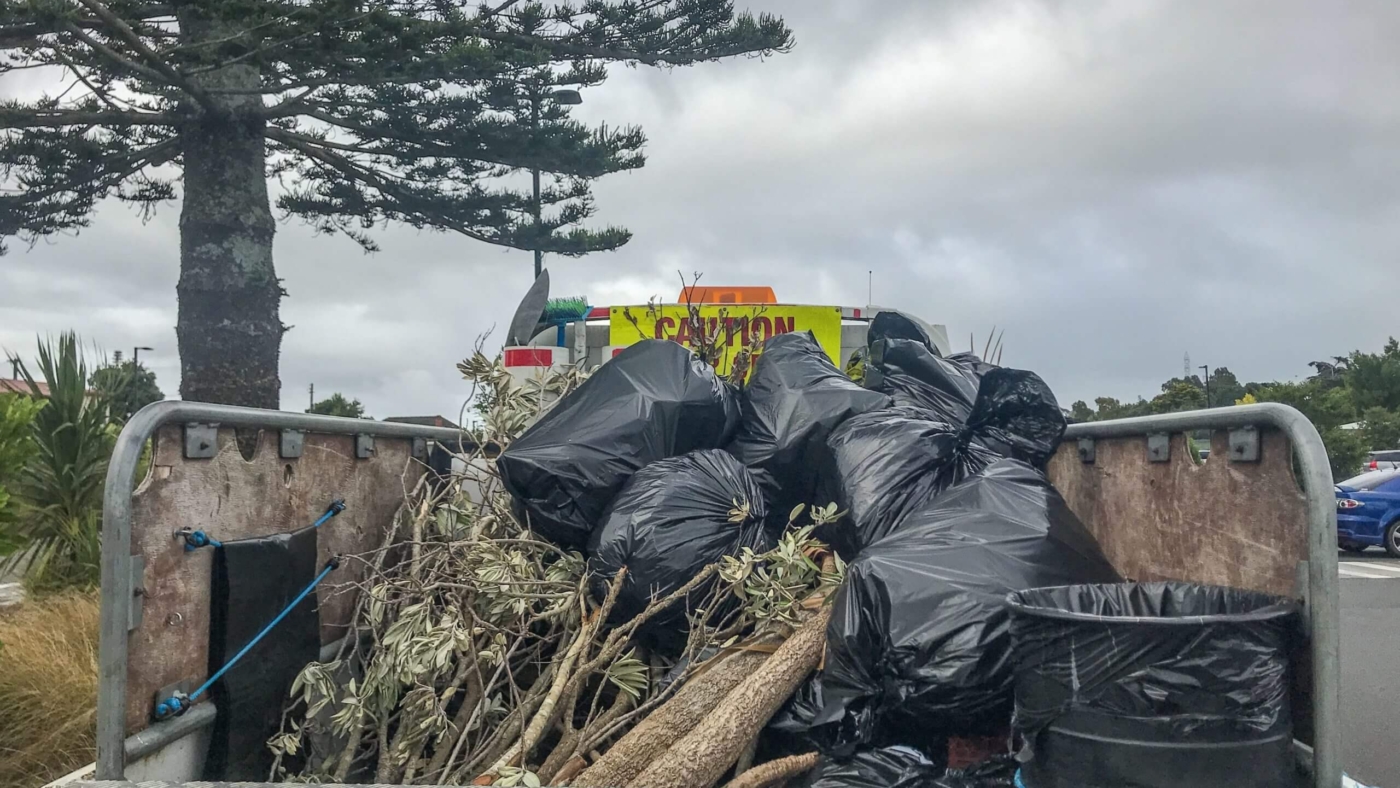In recent years, the concept of sustainability has gained significant attention and importance. One area where sustainable solutions are urgently needed is green waste removal. As our cities grow and our landscapes change, the management of green waste becomes increasingly critical for the overall well-being of our environment. This article aims to explore the various aspects of green waste management and highlight sustainable solutions for converting debris into mulch.
Understanding Green Waste: What It Is and Why It Matters
Before delving into the solutions, it is essential to understand what green waste removal is and why it matters. Green waste refers to organic materials generated from our gardens, parks, and forests. It encompasses grass clippings, leaves, branches, and other organic debris. While it may seem insignificant, green waste has a substantial environmental impact and economic potential.
Green waste is a natural byproduct of our daily activities. As we tend to our gardens, mow our lawns, and trim trees, we generate a significant amount of organic waste. This waste, if not properly managed, can have detrimental effects on the environment and our communities. Understanding the importance of green waste management is crucial in creating a sustainable future. Learn more about removing unsightly stumps with professional grinding services.
The Environmental Impact of Green Waste
Improper disposal of green waste can lead to various environmental issues. When left to rot in landfills, it releases harmful greenhouse gases such as methane, which contributes to global warming. The decomposition process of green waste in landfills also results in the leaching of chemicals that contaminate soil and water sources.

Moreover, the accumulation of green waste in landfills takes up valuable space that could be used for other purposes. Landfills are already burdened with various types of waste, and adding green waste to the mix exacerbates the problem. It is crucial to address these environmental concerns and find sustainable alternatives to green waste management.
One such alternative is composting. Composting is the process of breaking down organic materials, such as green waste, into nutrient-rich soil. This process not only reduces the amount of waste sent to landfills but also creates a valuable resource that can be used to enrich soil in gardens, farms, and urban landscapes. Composting is a natural and sustainable way to manage green waste and promote healthy ecosystems.
The Economic Benefits of Green Waste Management
Aside from the environmental impact, green waste management can also generate economic benefits. Properly managing and recycling green waste can lead to the production of valuable resources such as compost and mulch. These resources have various applications and can contribute to the growth of industries such as landscaping, agriculture, and renewable energy.
Compost and mulch derived from green waste can be used to improve soil quality, enhance plant growth, and reduce the need for chemical fertilizers. This, in turn, can lead to higher crop yields, healthier landscapes, and cost savings for farmers and gardeners. Additionally, the use of compost and mulch in landscaping projects can enhance the aesthetics of public spaces, increase property values, and promote biodiversity.
Furthermore, green waste can serve as a potential source of alternative energy. Through processes such as anaerobic digestion, organic waste can be converted into biogas, which can be used for heating, electricity generation, and even fuel for vehicles. By implementing sustainable solutions for green waste removal, we can tap into this economic potential and create a circular economy.
In conclusion, understanding green waste and its impact is crucial for creating a sustainable future. By properly managing and recycling green waste, we can mitigate environmental issues, generate valuable resources, and promote economic growth. It is essential for individuals, communities, and governments to prioritize green waste management and explore innovative solutions for a greener and more prosperous future.
The Journey from Debris to Mulch: A Step-by-Step Process
To better understand how green waste can be transformed into valuable resources, let’s examine the step-by-step process involved.
Collection and Segregation of Green Waste
The first step in the journey from debris to mulch is the collection and segregation of green waste. Municipalities and waste management companies play a crucial role in providing designated collection points and ensuring proper segregation of different types of green waste. This step is essential to maintain the quality of the final product and prevent contamination.
Once the green waste is collected, it is transported to a central facility where it undergoes a thorough segregation process. Trained professionals carefully sort through the waste, separating organic materials such as leaves, grass clippings, and branches from non-organic materials like plastics and metals. This meticulous sorting ensures that only the organic waste is used in the subsequent steps of the process.
After the segregation process, the organic waste is further inspected to remove any remaining contaminants. This ensures that the final product is of the highest quality and free from any unwanted materials that could affect its performance as mulch.
The Transformation: Composting and Mulching
Once collected and segregated, green waste goes through the process of composting and mulching. Composting involves the controlled decomposition of organic materials to produce nutrient-rich compost. Mulching, on the other hand, involves grinding or shredding the green waste into smaller pieces that can be spread on gardens and landscapes as organic mulch. Both processes utilize natural microbial activity to break down the organic matter into a usable form.
During the composting process, the segregated organic waste is placed in large piles or bins. These piles are carefully monitored to ensure the right balance of moisture, oxygen, and temperature for optimal decomposition. Microorganisms such as bacteria and fungi break down the organic matter, converting it into humus-rich compost. This compost is a valuable soil amendment that improves soil structure, retains moisture, and provides essential nutrients to plants.
On the other hand, the mulching process involves feeding the green waste through a powerful shredder or grinder. This equipment reduces the waste into smaller, uniform pieces that are ideal for mulching. The resulting mulch not only helps suppress weed growth but also conserves soil moisture, regulates soil temperature, and prevents erosion. Additionally, the organic mulch gradually breaks down, releasing nutrients into the soil and promoting a healthy ecosystem for plants and beneficial soil organisms.

Once the composting and mulching processes are complete, the final products are ready to be used in various applications. The nutrient-rich compost can be used in agriculture, horticulture, and landscaping to enhance soil fertility and plant growth. The organic mulch, on the other hand, can be spread on gardens, flower beds, and around trees to improve soil health and conserve water.
Sustainable Solutions for Green Waste Removal
Now that we understand the process, let’s explore the sustainable solutions available for green waste removal. Green waste, which includes organic materials such as kitchen scraps and garden waste, can be effectively managed through various techniques at both the individual and community levels.
Home-Based Green Waste Management Techniques
Starting at the individual level, homeowners can adopt various techniques to manage their green waste sustainably. Backyard composting is one such technique that allows individuals to compost their kitchen scraps and garden waste, reducing the amount of waste sent to landfills. By creating a compost pile or using a compost bin, organic materials can break down naturally, turning into nutrient-rich soil. This not only diverts waste from landfills but also provides a valuable resource for gardening and landscaping.
In addition to backyard composting, homeowners can incorporate mulching practices in their gardens to improve soil quality and conserve water. Mulching involves covering the soil surface with a layer of organic materials such as leaves, grass clippings, or wood chips. This helps retain moisture, suppress weed growth, and regulate soil temperature. As the organic materials break down, they release nutrients into the soil, promoting healthy plant growth and reducing the need for synthetic fertilizers.
Community Initiatives for Green Waste Removal
Communities can also implement initiatives to collectively manage green waste, fostering a sense of environmental responsibility and community engagement. One such initiative is the establishment of community composting sites. These sites provide a central location where residents can drop off their green waste for composting. The collected organic materials are then processed into compost that can be used in community gardens, parks, or sold to local farmers. Community composting not only reduces waste but also creates a valuable resource that benefits the entire community.
Another community-based solution for green waste removal is the implementation of curbside collection programs. These programs involve the separate collection of green waste alongside regular trash and recycling pickups. The collected green waste is then taken to a dedicated facility where it is processed into compost or used for other sustainable purposes. Curbside collection programs make it convenient for residents to dispose of their green waste responsibly, encouraging participation and reducing the amount of organic material that ends up in landfills.

Furthermore, community initiatives can include educational programs and workshops to raise awareness about the importance of green waste management. By providing information on the benefits of composting, mulching, and other sustainable practices, communities can empower individuals to take action and make a positive impact on the environment.
The Role of Technology in Green Waste Management
Technology plays a crucial role in revolutionizing green waste management and unlocking its full potential. Innovations in green waste processing have made the process more efficient and cost-effective.
Innovations in Green Waste Processing
Advanced machinery and equipment have made the processing of green waste more efficient than ever before. Innovations such as high-speed composters and biomass gasification systems have significantly accelerated the decomposition process, reducing the overall time required to convert green waste into usable resources.
The Future of Green Waste Management: Tech-Driven Solutions
Looking ahead, technology will continue to drive advancements in green waste management. Concepts like anaerobic digestion and pyrolysis hold promise for creating energy from green waste. By converting organic materials into biogas or biofuels, these technologies offer an innovative way to address energy demands while simultaneously reducing greenhouse gas emissions.
Policy and Regulation: Shaping the Future of Green Waste Management
As with any environmental issue, policy and regulation play a pivotal role in shaping the future of green waste management.
Current Policies on Green Waste Management
Many countries and municipalities have already implemented policies to encourage proper green waste management. These policies typically focus on waste reduction, recycling, and composting. Governments provide incentives and support for initiatives that promote sustainable solutions for green waste removal.
The Need for Stronger Regulations and Policies
Despite existing policies, there is a need for stronger regulations and policies that enforce sustainable green waste management practices. Governments should consider imposing stricter requirements on waste management companies and incentivizing the adoption of innovative technologies. By doing so, we can accelerate the transition towards a more sustainable and circular approach to green waste removal.
Conclusion
In conclusion, green waste management is a crucial aspect of sustainable environmental stewardship. By understanding the environmental impact of green waste, exploring the journey from debris to mulch, and implementing innovative solutions, we can transform our waste into valuable resources. By embracing sustainable practices and advocating for stronger policies, we can pave the way for a greener, cleaner, and more sustainable future.
